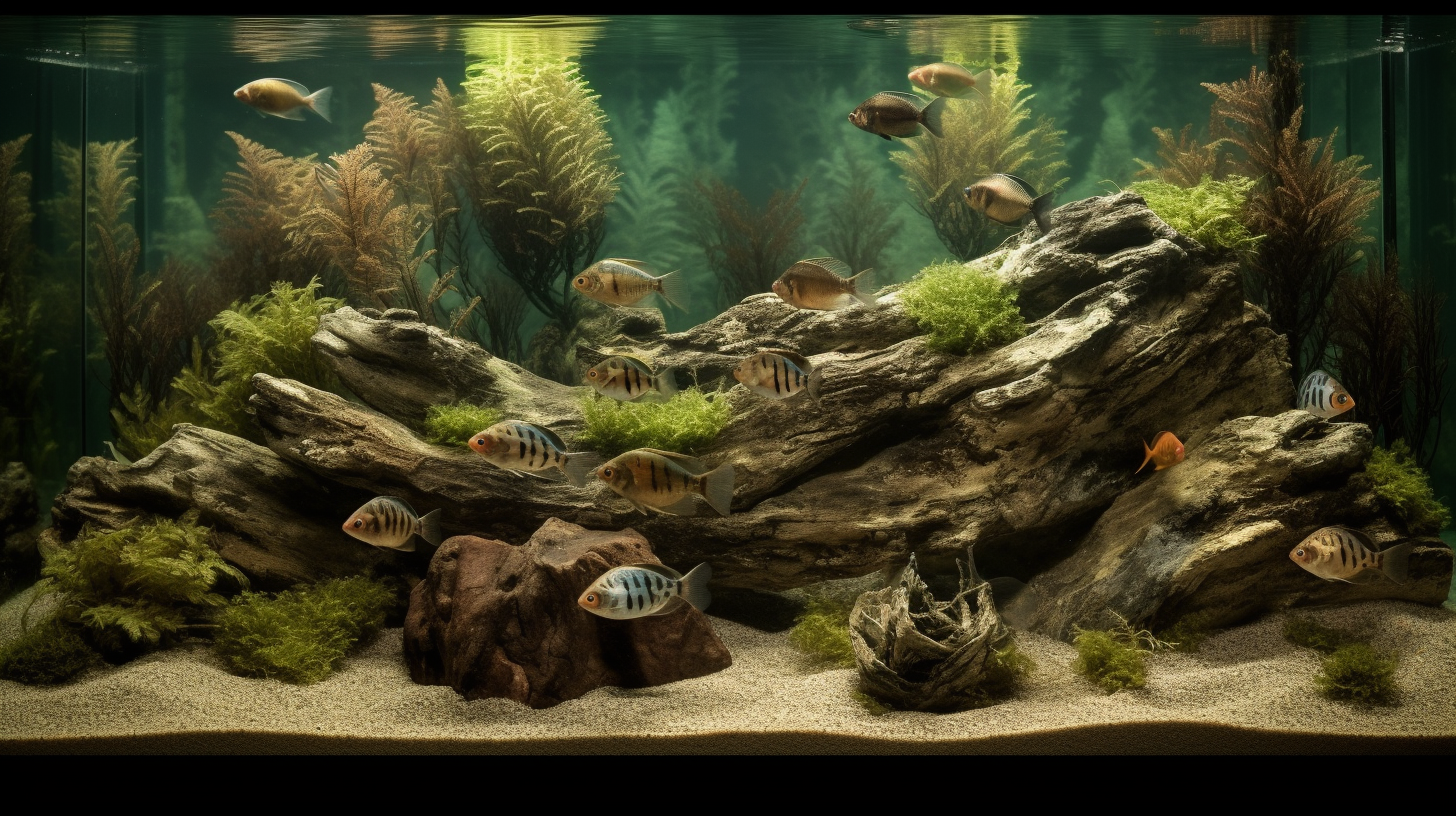Substrate: The Foundation of a Flourishing Aquascape

The substrate you choose for your planted aquarium is more than just a decorative element. It serves as the foundation of your aquascape, providing essential nutrients for your plants and a habitat for beneficial bacteria. In this post, we’ll delve into four popular substrate options for planted aquariums, discussing their benefits, drawbacks, and best uses.
Aquarium Soil
Aquarium soil, also known as aqua soil, is a specially formulated substrate designed for planted aquariums. It’s typically made from nutrient-rich, fired clay granules that can support plant growth for an extended period.
Pros: Aqua soil is packed with essential nutrients, promoting vibrant, healthy plant growth. It also lowers the pH and softens the water, creating ideal conditions for many aquatic plants and fish.
Cons: The process of setting up an aquarium with aqua soil can be messy, and the water may remain cloudy for a few days. It also exhausts its nutrient supply over time and will need to be replaced or supplemented with root tabs.
Best for: Aquarists who want to grow demanding plant species or create a lush, densely planted aquascape.
Gravel
Gravel is a common choice for aquarium substrate, particularly for beginners. It’s available in various sizes and colors, allowing for a high degree of customization.
Pros: Gravel is easy to clean, durable, and doesn’t alter water chemistry. It’s also an excellent choice for anchoring plants with larger root systems.
Cons: Gravel doesn’t provide any nutrients for plants, so you’ll need to add root tabs or liquid fertilizers. It’s also not suitable for plants with delicate, fine root systems.
Best for: Beginners and those who prefer easy maintenance, or aquarists with robust, hardy plant species.
Sand
Sand is another popular choice for planted aquariums, particularly for those housing bottom-dwelling fish. It creates a smooth, natural look that many aquarists find appealing.
Pros: Sand is excellent for growing plants with fine root systems. It’s also the best choice for creating a ‘beach’ look or for tanks with burrowing fish.
Cons: Without careful maintenance, sand can compact over time, leading to anaerobic pockets that can harm plant roots. Like gravel, it doesn’t provide nutrients, so supplementation will be necessary.
Best for: Aquarists who want a natural-looking tank, those with bottom-dwelling or burrowing fish, or tanks with plants that have fine root systems.
Planted Tank Substrates
Planted tank substrates are a category of products specifically designed for planted aquariums. These substrates are typically granular and packed with nutrients.
Pros: These substrates are designed to support plant growth, often containing a balance of nutrients that promotes healthy plants. They’re also typically porous, promoting beneficial bacteria growth.
Cons: Planted tank substrates can be more expensive than other options. Some types may also alter water chemistry, which can be a pro or con depending on your specific needs.
Best for: Aquarists who are serious about plant growth and don’t mind the extra cost.
Choosing the right substrate is a crucial step in setting up a planted aquarium. By understanding the pros and cons of each option, you can select a substrate that not only complements your aesthetic vision but also supports the health and growth of your aquatic plants.
